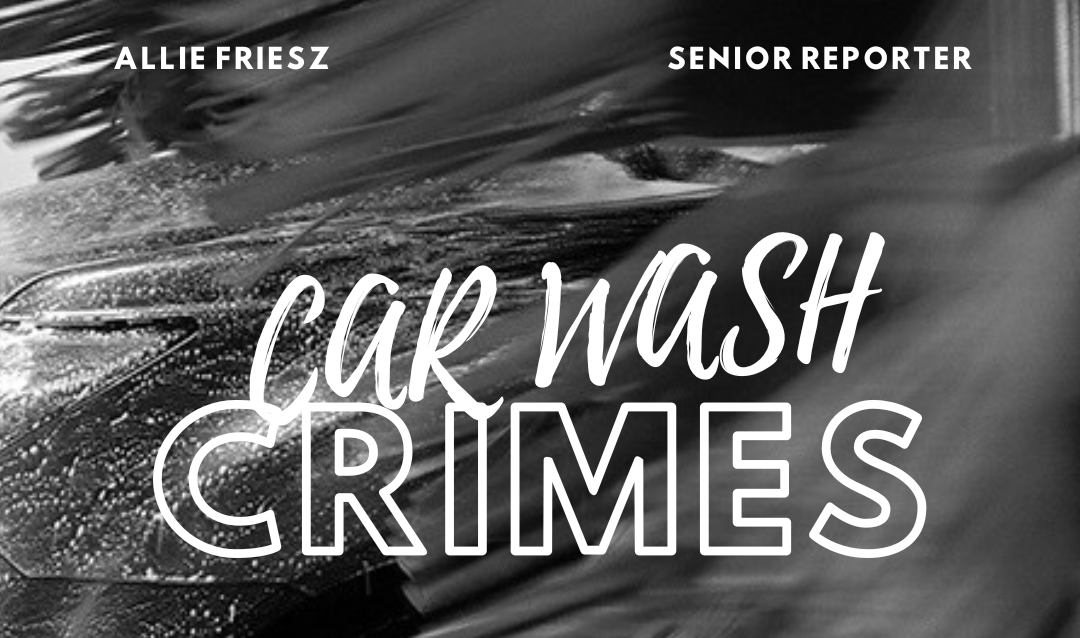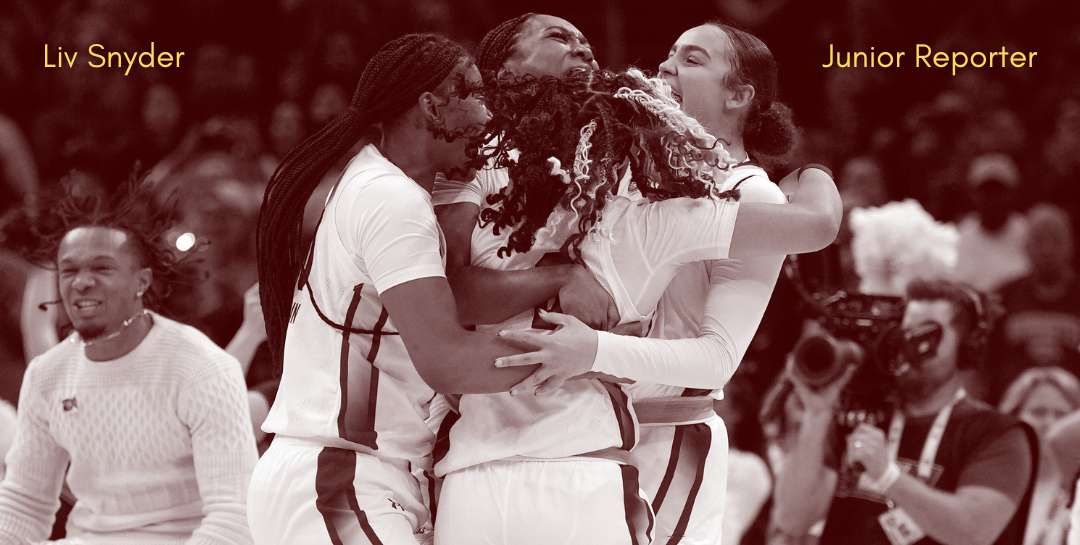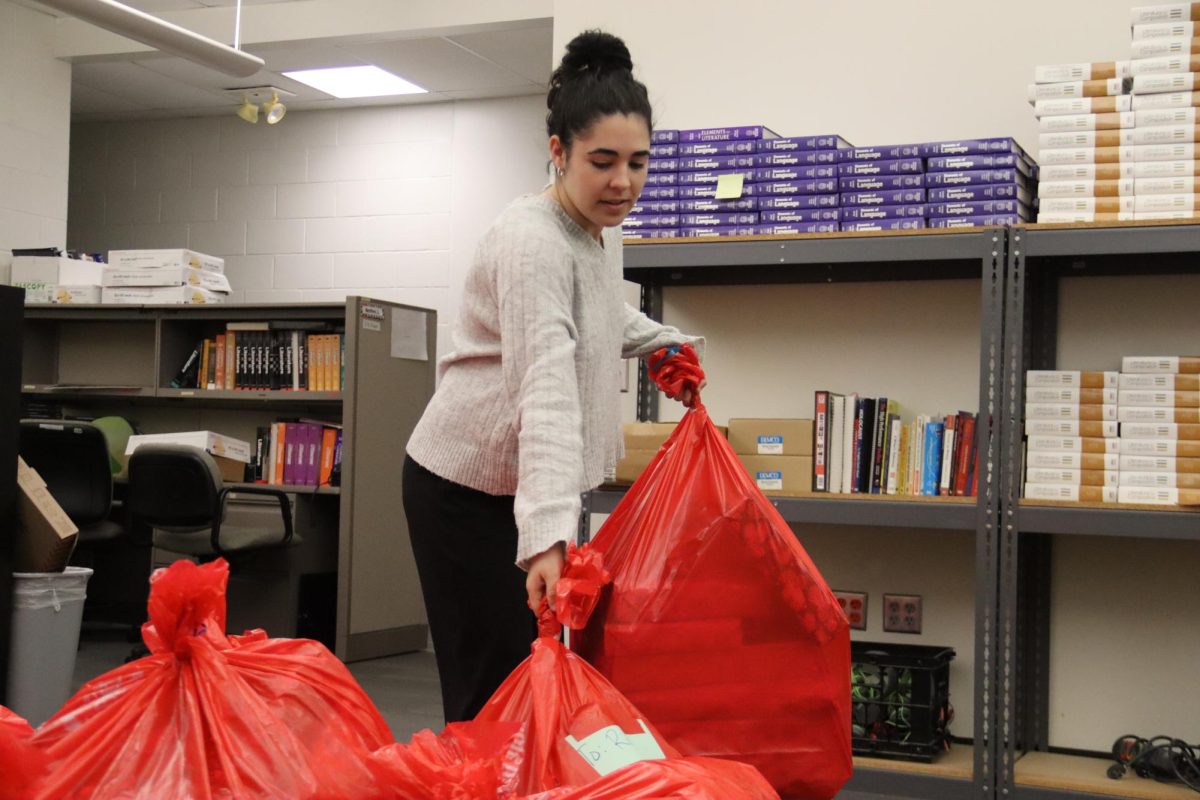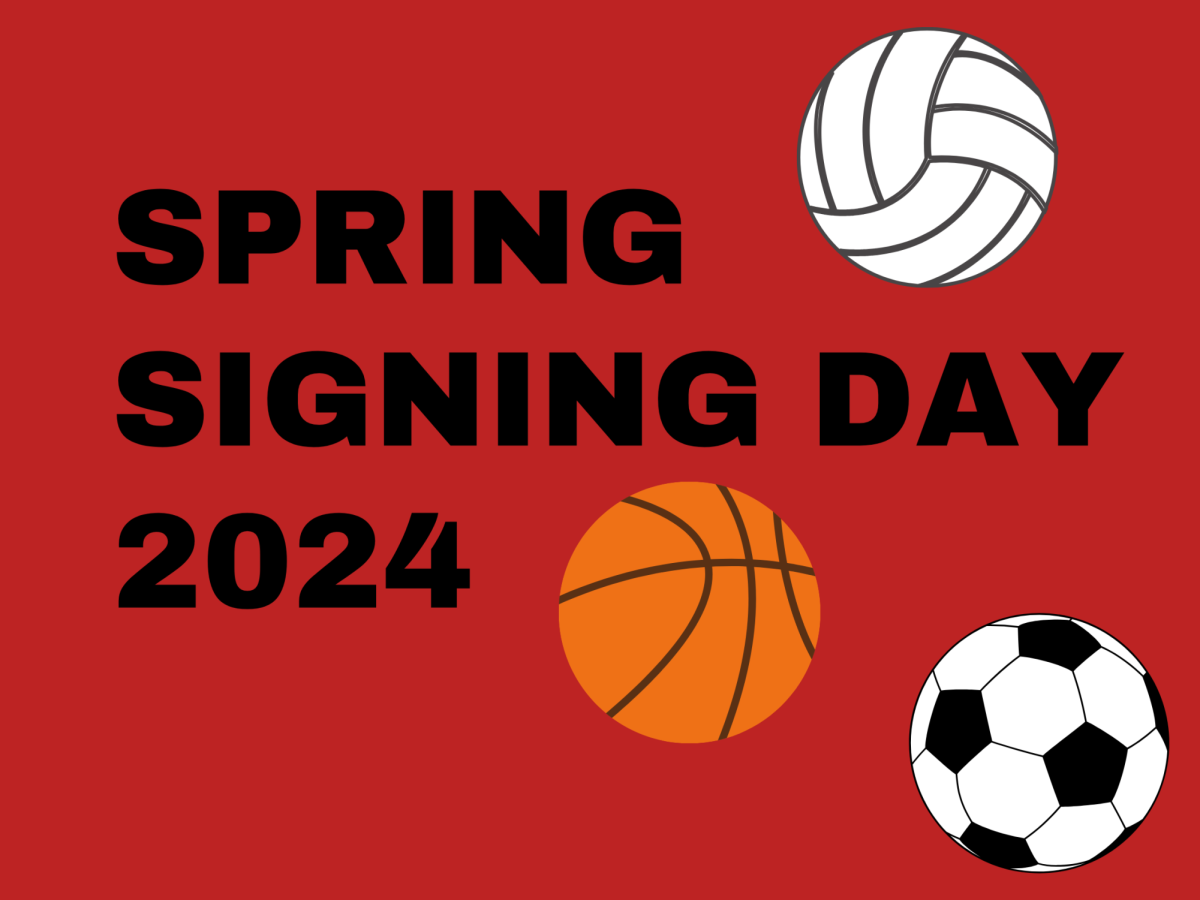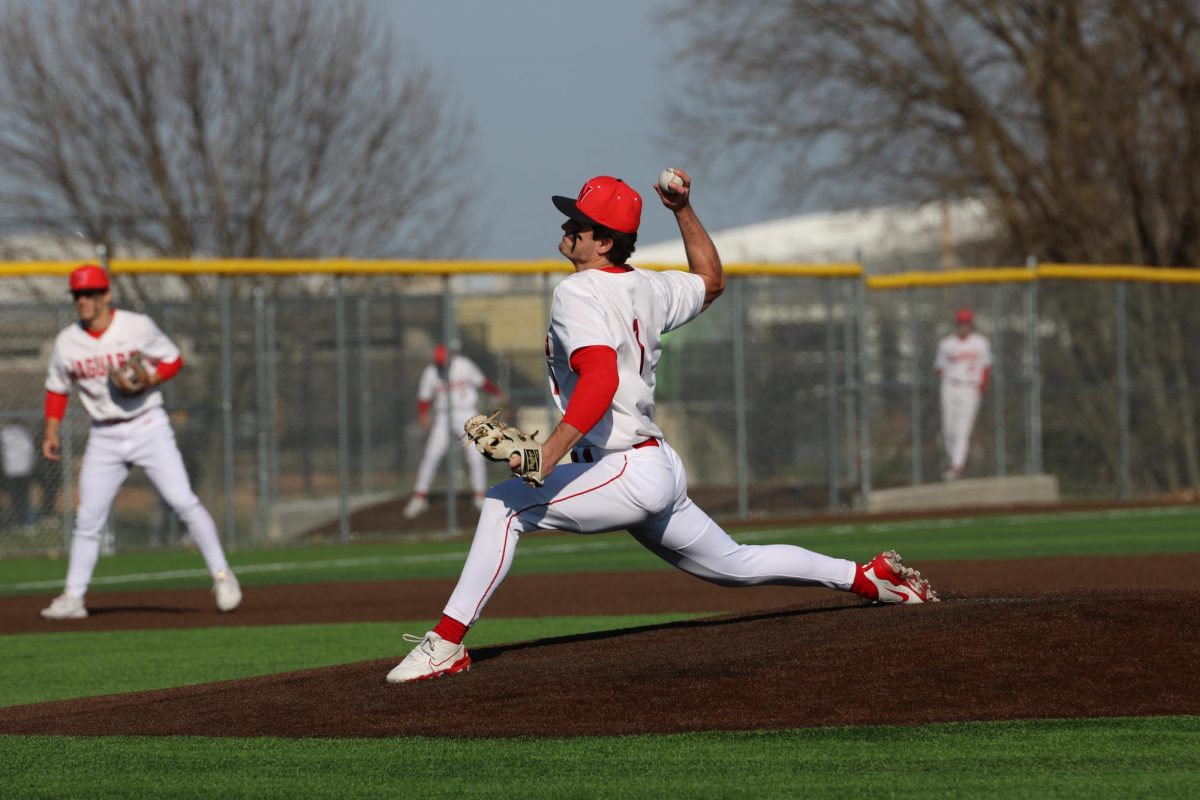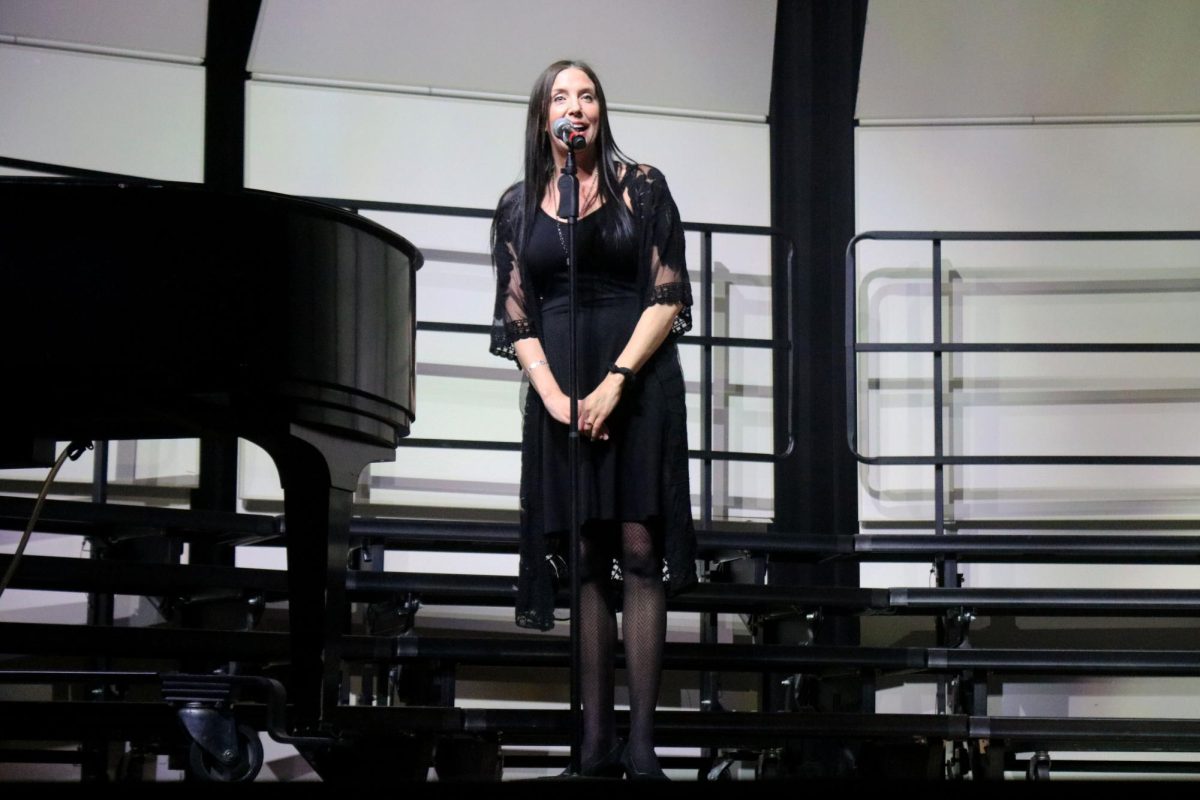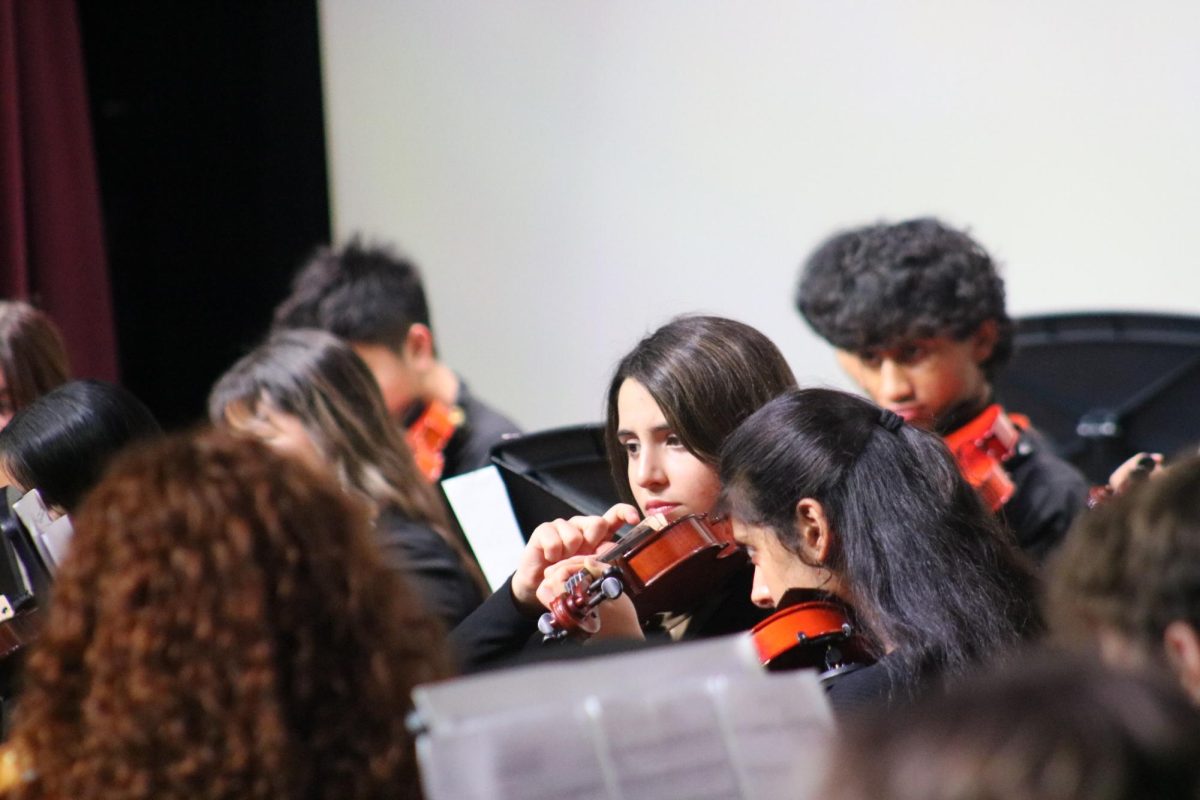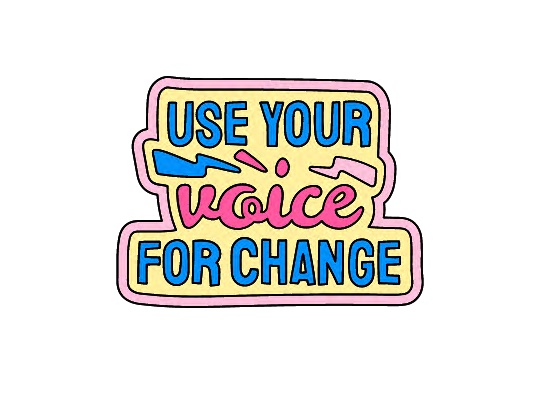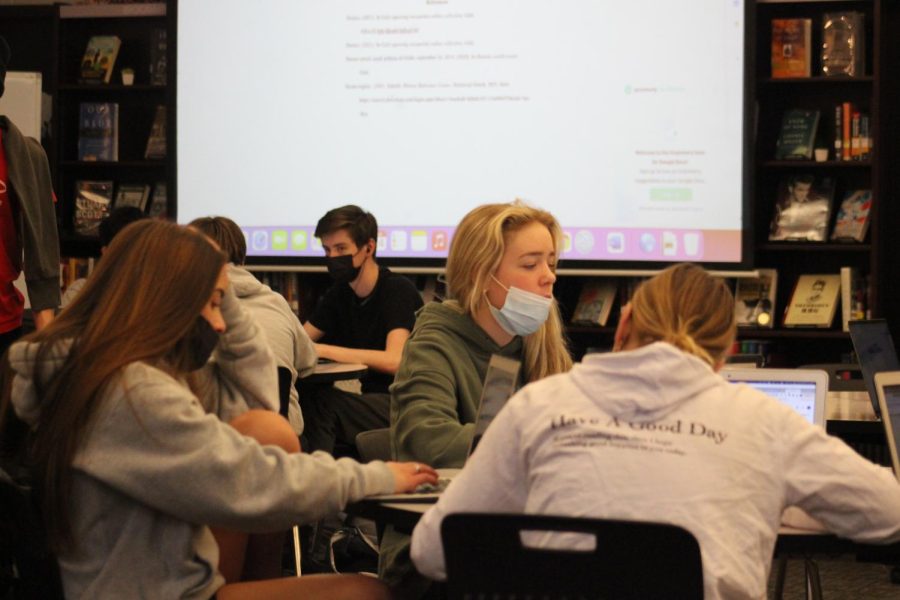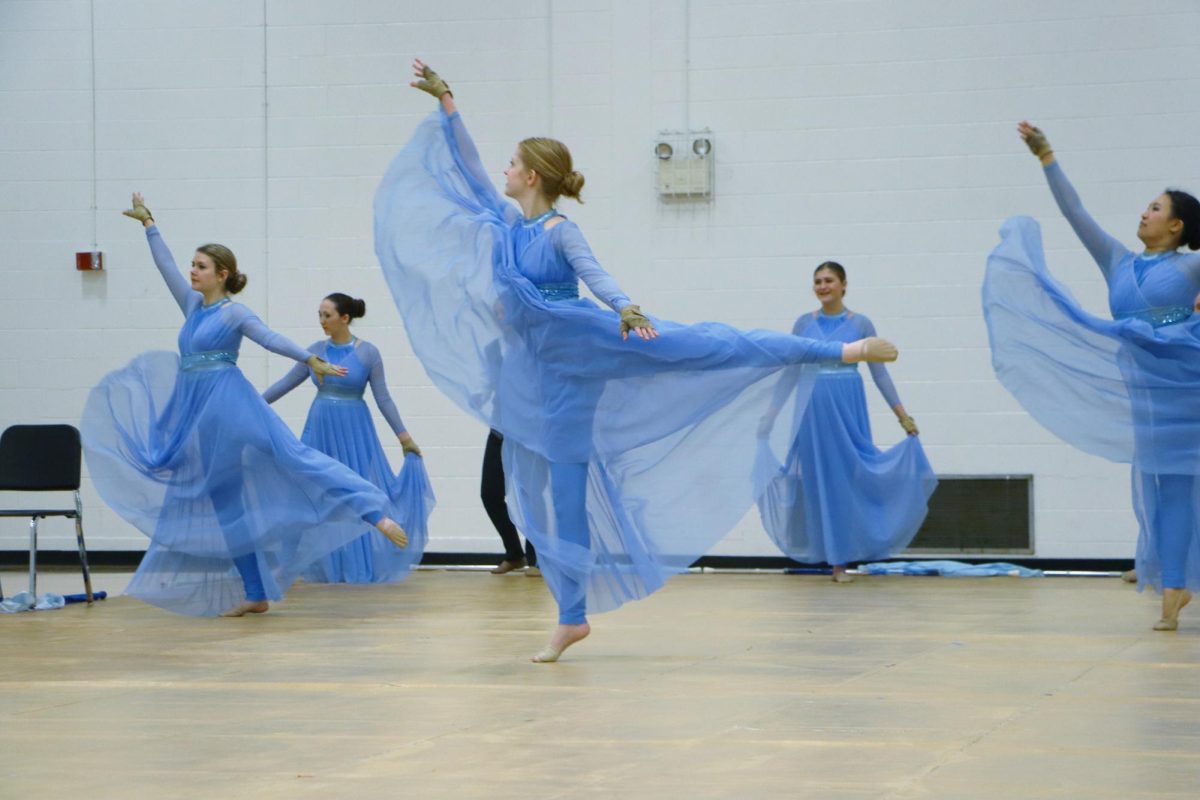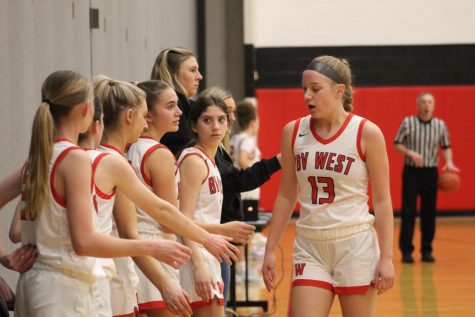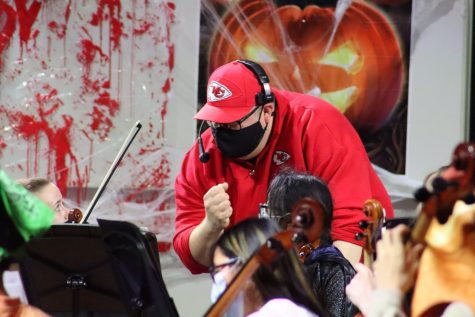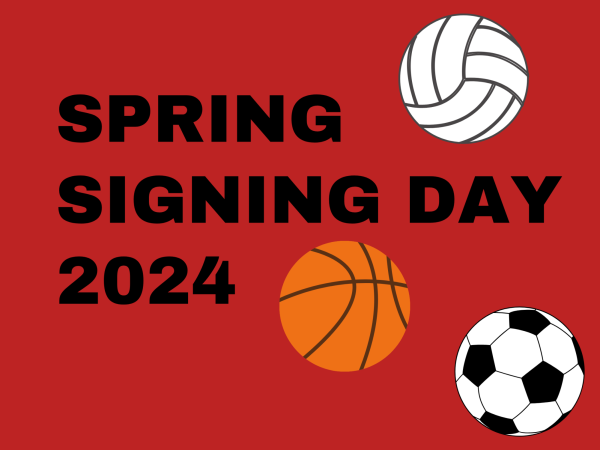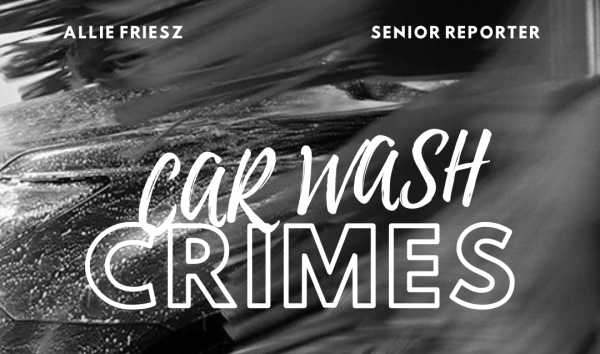The Beauty Standard
Student perspective offers unique view of what “beauty” means to teens.
April 6, 2023
As technology continues to evolve, the impact of social media tends to alter our way of thinking. Unfortunately, it can be difficult to differentiate fiction from reality when the media is oversaturated with filters, influencers, and the unrealistic glorification of perfection.
“What you see on the Internet isn’t realistic, whenever they post they can get things touched up” said sophomore Jocelyn Kette said. “I feel like sometimes girls will see other girls post their best self and they’ll think, ‘oh, like why don’t I look like that?’ But it’s like you’re not your best self because you’re watching it at home.”
Regardless of how relatable an influencer may appear, most people are reluctant to consider that for every great photo, there might possibly be ten, hundreds, even thousands of photos behind it. The media has many blatant flaws and the longer society continues to overlook the reality of it, the more toxic it can become for teenagers everywhere.
“I mean, on Instagram, you can see there’s different filters and there’s different things you can do and people are only posting their best pictures ever,” said sophomore Vivian Souan.
Although the majority of these standards are unrealistic and sometimes even dangerous, beauty standards might also be seen as a way to motivate people. When asked whether beauty or fitness influencer s had an overall positive or negative impact on how people view body image.
“I think that they could definitely motivate certain people to achieve their goals and get to work hard, but for other people like it just makes them feel insecure about why they don’t look that way.” Souan said.
No beauty standard is created on an equal playing field. The pressure of meeting these criteria can feel intimidating when the majority of these standards are simply impossible to meet.
“As in just the school, I don’t really think it’s too negative. But I think in our area, where we live, and in our day and age, it does have a negative effect because people might see stuff on social media, or some people might be like, oh she doesn’t have this or looks a certain way,” Ketter said.
Noticing others and the impact they have, especially teens, was an issue for students.
“I’d say looking at people that do look like me. I might find features that we have alike, and how it’s similar– I wouldn’t say there’s a lot, but I definitely think there are some that are affected by different beauty standards, just because they might feel a certain way about, say a certain feature.” Ketter said.
For many, beauty standards and consumerism tend to correlate with each other. Although the media is the most vital cause for flawed beauty standards, if our society chooses to feed into it then we contribute just as big an impact.
When asked whether or not the clothes people wear affect how their perceived to others, Souan echoed the influences and evaluations of teens.
“Honestly it’s a pretty big judgment that people have just based on the clothes you wear to express yourself. I think people do judge you on that and they can also wrongfully accuse as well,” Souan said.
Overall beauty standards are a reflection on how we treat ourselves and the community around us, it’s up to us to not only not depend on them but instead have the confidence in ourselves to find our own definition of beauty.


